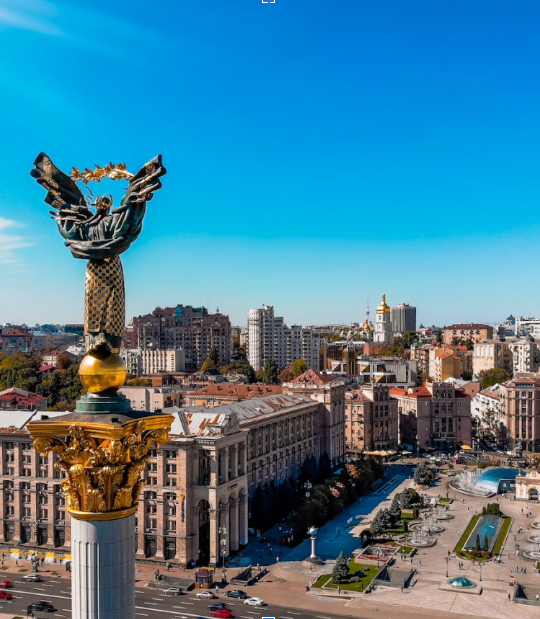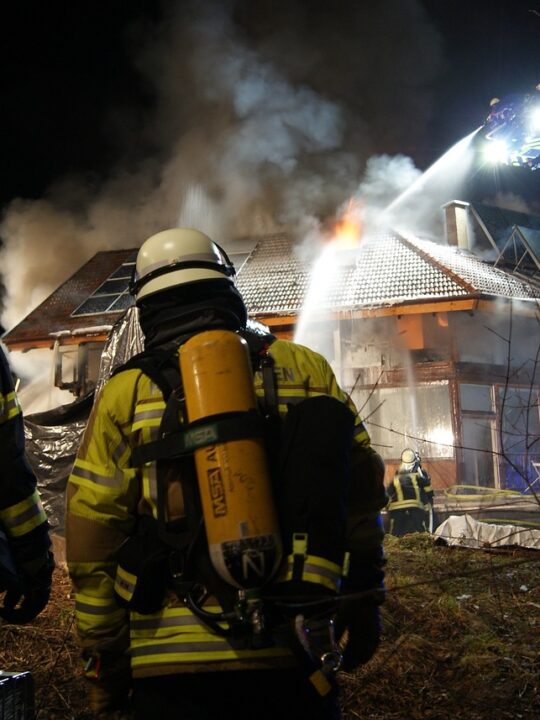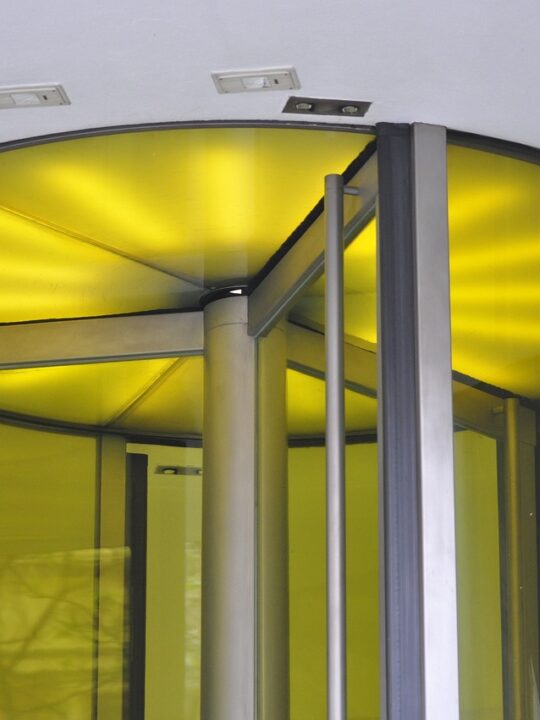Are you interested in learning ballet or modern dance as a form of exercise or career path?
If you’ve been taking classes and have a passion for dance, a career within the field seems like a natural path. And indeed, it is. Those who become professional dancers spend most of their days practicing and growing their skills and talents.
But before you decide on your preferred dance style, you should know the differences between ballet and modern dance. Keep reading to learn ballet vs modern dance.
Table of Contents
Origins
Ballet started in the Renaissance courts of Italy in the 15th century. It was a very technical French art form with a structured vocabulary.
Modern dance, a form of art that started in the late 19th and 20th centuries, uses movements inspired by nature and other cultures. Contemporary dancers often try to tell stories through their movements, while ballet dancers focus more on form.
Modern dance uses isolation, improvisation, and choreographic freedom, while ballet uses turns, jumps, and precise shapes. Contemporary dance is more flexible than ballet, which is from historical movements.
Posture
Ballet is graceful and disciplined, with posture being essential. Ballet lessons require a good body with an aligned neck, hips, elbows, and arms.
Modern dancing styles emphasize freedom over posture. This includes sprawling, slumping, and even upside down. Both kinds need discipline, despite their distinctions.
Ballet’s upright posture trains the body. Modern dance encourages any posture and requires discipline to control and use it.
Technique
Both ballet and modern dance need a lot of skill, but their main moving methods are very different. Ballet is grace and control for a long time. This is because of specific steps, movements, and positions you must develop and hone over many years.
Every move has a purpose, forcing the dancer to think and plan. The technique is still essential in modern dance but constantly changing.
Most steps are more improvised and depend on the person and how they feel rather than on specific moves with a general purpose. So, in modern dance, the dancer has to know the choreography inside and out instead of memorizing it.
Posture
Ballet is graceful and disciplined, with posture being essential. Ballet lessons require a good body with an aligned neck, hips, elbows, and arms.
Modern dancing styles emphasize freedom over posture. This includes sprawling, slumping, and even upside down. Both kinds need discipline, despite their distinctions.
Ballet’s upright posture trains the body. Modern dance encourages any posture and requires discipline to control and use it. Posture is one of the benefits of dance that you can earn when you start learning ballet or modern dancing.
Footwork
Dance and martial arts emphasize footwork. Ballet dancers must point their toes, bend their ankles, and point their feet throughout the performance.
Contemporary dance footwork is more fluid and less technical. This simplifies improvised live performances. Both dance forms demand strong, well-balanced foot muscles and skill-appropriate shoes.
Movements
The main difference between ballet and modern dance is how they move. Ballet moves are exact and technical, focusing on strength and flexibility. They design the moves to look beautiful and delicate. They involve arching the back, extending the arms, jumping, and keeping balanced.
Modern dance uses different energies and non-traditional moves to give dancers more freedom and room for expression. Movement is complicated or straightforward, and spirals, contractions, and off-balance stances are often part of it.
The focus is on personal interpretation, fluidity, and performance quality. So, modern dance has a unique style that often leans toward the abstract, which makes it look less structured than ballet.
Narrative
Storytelling is an essential part of both ballet and modern dance. You can see this as the dancers’ movements telling the story. Ballet is usually a way to tell a story with a predetermined plot, characters, and a set order of events.
The ballet tells a story using the traditional steps and sequences of ballet, along with the dancers’ facial expressions and body movements. Modern dance uses a form of improvisation to tell a story through the dancers’ actions.
Most of the time, these stories don’t have a traditional structure. Instead, they use movement and facial expressions to tell a more abstract story.
In modern dance, there is no clear ending to the story, giving dancers more freedom to explore and tell the story in their own way.
Music
Classical music, like Bach, Handel, and Mozart, is always used for ballet. Most of the time, this music moves and has a driving rhythm.
Modern dance can do to any music and tends to be more free-form. It also allows for more improvisation and doesn’t have strict rules about how fast or slow to move.
Modern dance constantly changes, giving dancers more freedom and ways to try different kinds of music.
Costumes
Both ballet and modern dance depend on the costumes they wear. Ballet costumes are often complicated, engaging, and structured, like the typical tutus and tiaras of classical ballet.
Choreographers often choose simple unitards for modern dance costumes because they quickly move in. They are often abstract and go with the dancer’s moves.
A modern costume is better if a dancer shows how they feel through their movements. A ballet costume has a more sophisticated elegance.
They base modern dance costumes on current trends and styles, while Ballet costumes usually stay true to the dance’s history.
Choreography
Choreography is essential to ballet and modern dance and has been around for hundreds of years. Even though they consider both styles of dance art forms and need skilled dancers, there are apparent differences in how they made choreography.
Ballet dancers’ technical spins, jumps, and leaps are praised. Modern dance tries new ways to move the body, making the audience feel like they are watching something spontaneous and unique.
Improvisation, floorwork, and abstract formation are all parts of modern dance. Both ballet and contemporary dance have unique qualities that make them enjoyable to watch.
In the end, each style and genre has its language and way of expressing itself, but they all need the guidance of a skilled choreographer.
Learn Ballet or Modern Dance Now
In conclusion, ballet and modern dance have different styles with unique personalities and values. From the costumes to the music to the audience’s energy, each dance style offers a different experience.
If you want to try something new, why not learn ballet or modern dance now?
Was this article helpful? Check out the rest of the updates from our blog!







